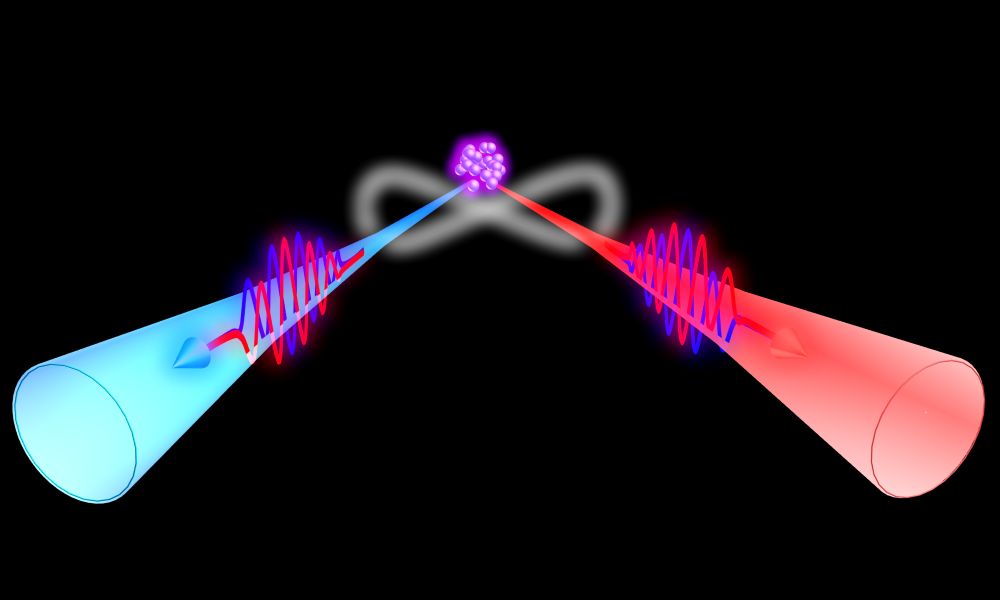Speed!! This is what everyone wants. We need it in almost everything in our life. We don’t want a slow mobile, a slow PC. Breaking this is possible with Super-fast quantum computers and communication devices.
But what we need for this is an efficient source of entangled pairs of photons which help us transmit and manipulate information. The good news is that we now have this possible with an 100 time more efficient method and such massive quantum device integration is within our reach. This amazing feat was achieved by Researchers at Stevens Institute of Technology.
Yuping Huang, Gallagher associate professor of physics and director of the Center for Quantum Science and Engineering, was happy as they were the first to show this in practice as this was theoretically possible.
Creating photon pairs requires trapping the light in sculpted nanoscale micro-cavities carefully. Photons resonate and split into entangled pairs as light circulates in cavity. Although the process seems easier, there’s a problem here. In the present scenario of our technology finding such systems requires a torrent of incoming laser light and this light must comprise around hundreds of millions of photons which then could guarantee a single entangled pair of photons.
The alternative method developed by Huang and others at Stevens is based on a chip photon source which seems to be 100 times more efficient than any preexisting device and thus allowing to create tens of millions of pairs per second from a single microwatt-powered laser beam.
Huang who is working on this and is ready to display the work in the December exclaimed that this is a huge milestone for quantum communications.
Huang built this with the help of this previous research and carved extremely high-quality micro-cavities into flakes of lithium niobate crystal. These cavities that are shaped like a racetrack help internally reflect photons with very low loss of energy, thus enabling the light to circulate longer and this increases the efficiency.
The team could create an unprecedented bright source of photon pairs with the help of fine-tuning a few additional factors like temperature. This allowed photon pairs to be produced in greater quantities given an amount of light , thus reducing the energy needed to power quantum components.
The team added they were trying to refine their process more and are expressing their confidence to attain the true Holy Grail of quantum optics: a system that can turn a single incoming photon into an entangled pair of outgoing photons, with virtually no waste energy along the way. Chen added that this is definitely achievable .
The team is continuing to refine their technology and find more ways to use this photon source to drive the logic gates and other quantum components. Huang also added that since the technology is based on chips, they were ready to scale this up by integrating other optical components.
The ultimate goal is to make quantum devices so efficient and cheap to operate that they can be integrated into mainstream electronic devices, said Huang. He was keen on seeing our kids having quantum laptops on their backs and wants to see quantum technology out of the lab.
Journal Reference:
Zhaohui Ma, Jia-Yang Chen, Zhan Li, Chao Tang, Yong Meng Sua, Heng Fan, and Yu-Ping Huang. Ultrabright quantum photon sources on chip. Phys. Rev. Lett. (accepted), 2020 [abstract]
Press Release: Stevens Institute of Technology

